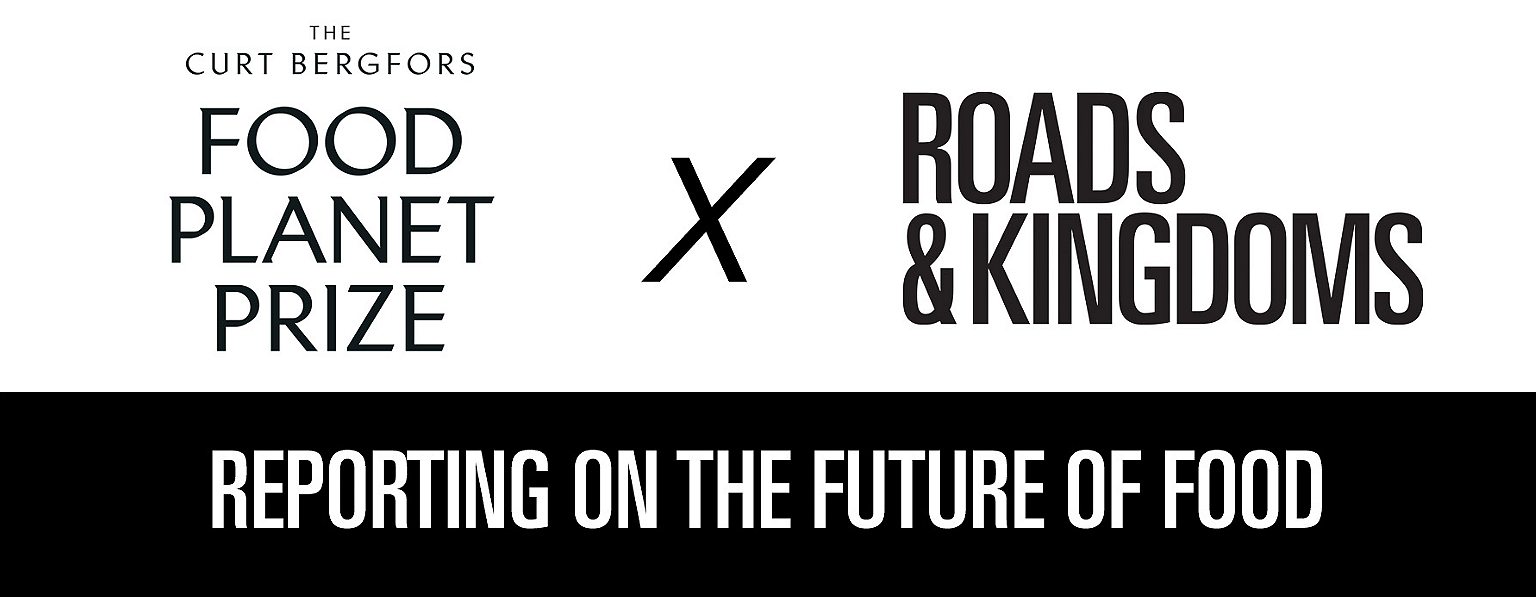Starting with the state’s beloved avocado, the California-based Apeel Sciences has found a natural way to extend the life of produce and reduce food waste.
GOLETA, California —
Balancing precariously on the 41st rung of a ladder propped on the bough of an avocado tree, an avocado picker extends a 12-foot (3.6 meter) pole and deftly strips the branches of their fruit. His right leg wrapped around two rungs, torso twisted 180 degrees, he works from branch to branch, filling the navy canvas pouch slung across his chest.
He nimbly descends the ladder, which wobbles in the breeze providing fresh relief on the scorching mountainside, tugs on the cord to collapse the ladder, and maneuvers it to the next branch. He repeats the process again, and again, day after day, zigzagging across San Diego’s North County until Cal Pacific Growers’ entire avocado crop is stripped.
This is the very beginning of the food production chain that provides 6.25 billion avocados to millions of Americans every year. After they’re picked, the avocados are sent to a packing warehouse, distributed to grocery stores, taken home in brown paper shopping bags, and, if they’re lucky, smashed onto toast.
But thousands of tons of avocados are left in the fruit bowl just one day too long, and never reach the plate. Apeel Sciences, a Goleta, California-based biotechnology company, has devised a way to extend avocados’ fleeting window of ripeness (and freshness) by creating an invisible coating—a kind of second peel that mimics the way plants naturally protect themselves—applied post-harvest to avocados and other produce. This step could make a dent in one of the most pressing problems of agriculture: food waste. For this initiative, they have been nominated for the 2022 Food Planet Prize.
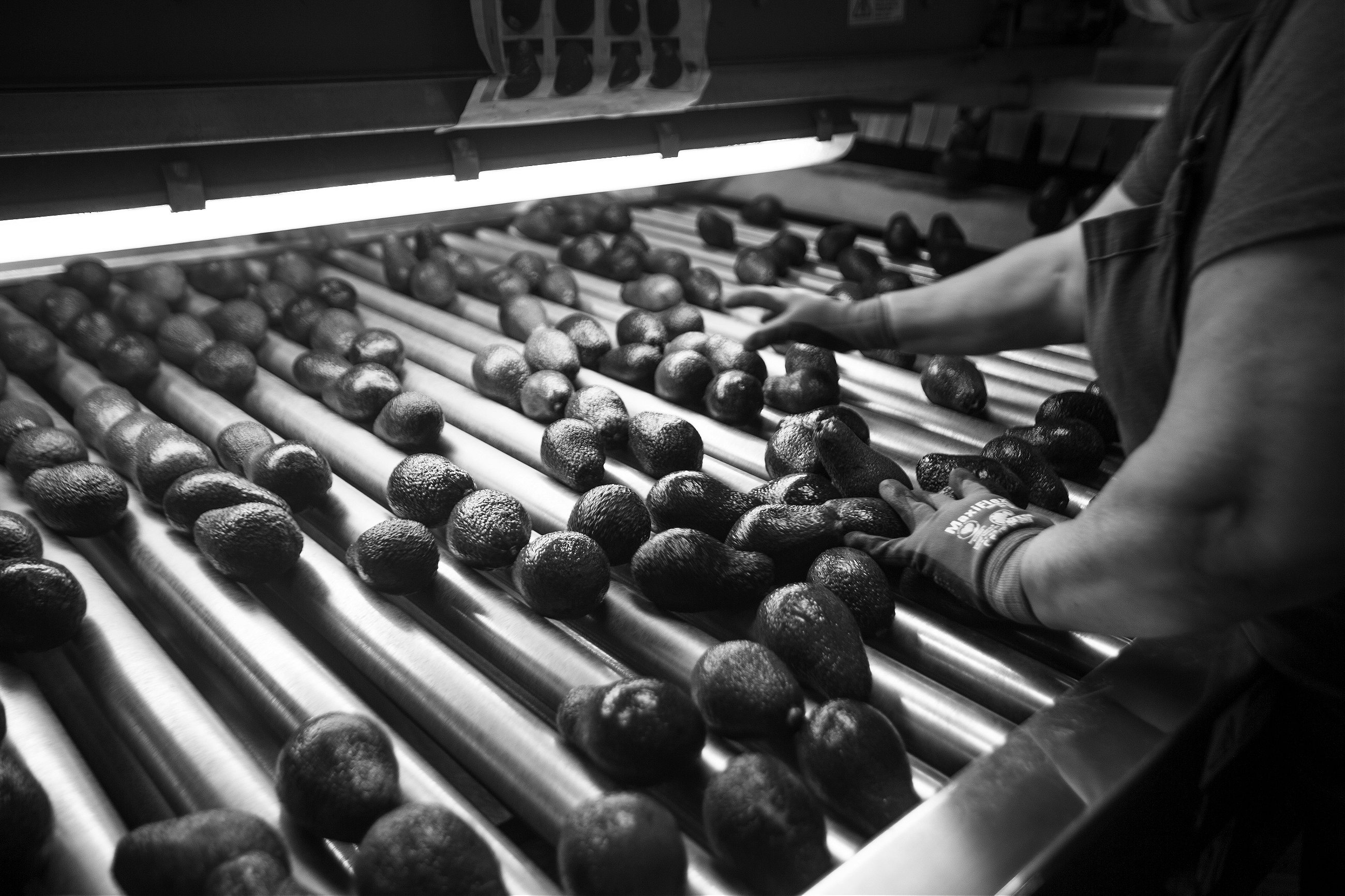
Each year, around 40% of all food in the US goes uneaten, equating to around $165 billion of food that could have been used to make more than 58 billion meals. According to ReFED—a US non-profit working to reduce food waste, and a fellow nominee for the 2022 Food Planet Prize—if just half of that food was recovered, every hungry person in the US could be fed three meals a day, every day.
Although some of this “surplus food” is recycled in various ways, the majority goes straight to landfill or incineration. ReFED estimates that 24% of all food—54 million tons—goes to these waste destinations. Food waste has a huge impact on the environment: producing food is an energy intensive process, and food that ends up in landfills produces large amounts of methane, and households are the largest generator of food waste. For every 100 lbs of food waste in landfills, 8.3 pounds of methane is emitted into the atmosphere.
Food waste is one of the most preventable challenges of our time. The climate-focused nonprofit Project Drawdown recently affirmed that food waste reduction is a top solution for mitigating climate change. As a result, nonprofits, city councils, and tech start-ups across the US have been pioneering ways to save as much food from landfills as possible.


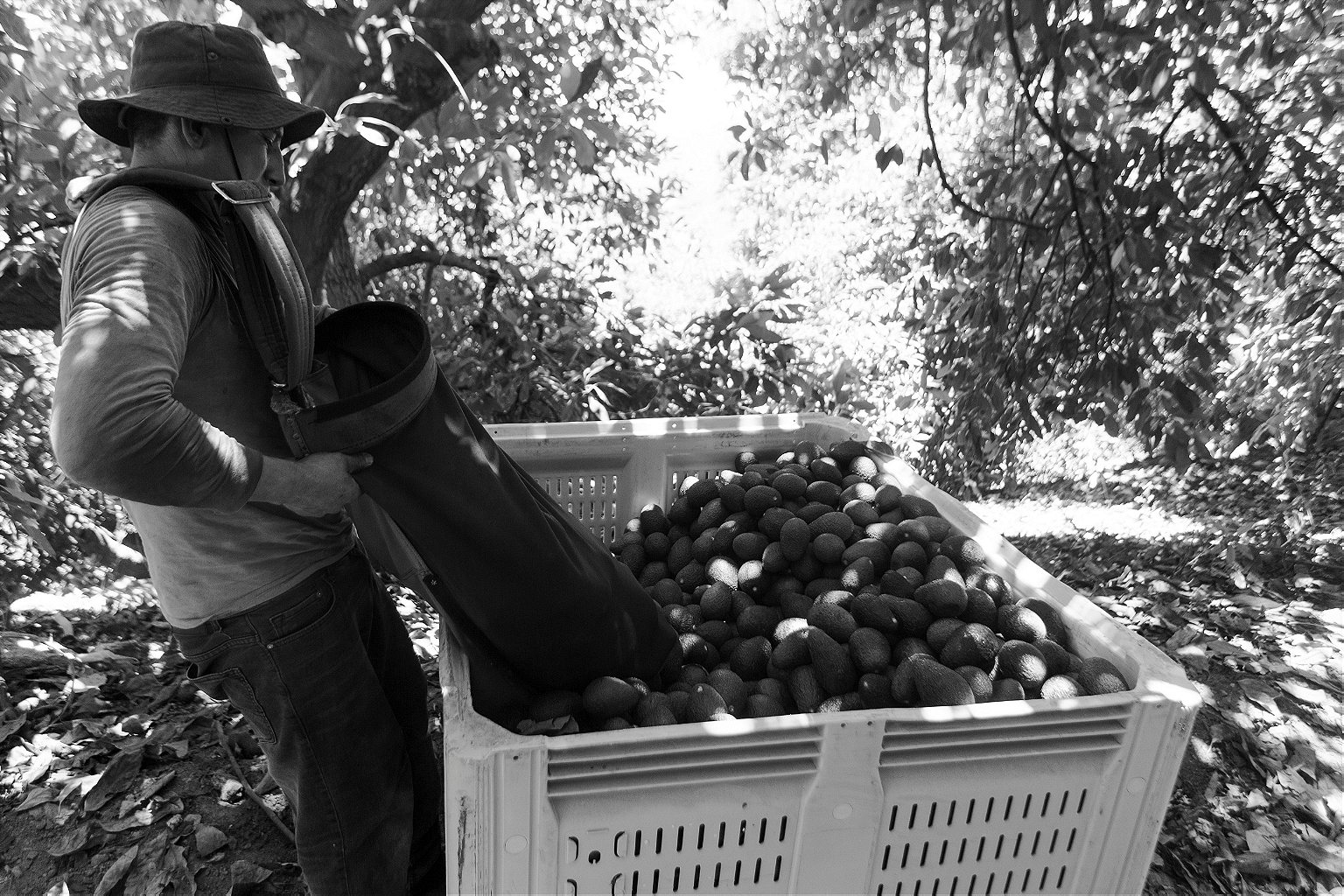
Just over a decade ago, James Rogers, a graduate student at the University of California, Santa Barbara, was driving home through the region’s patchworked farmlands, listening to a podcast about global hunger. As his car curved through the winding roads that cut through lush green fields, he wondered in a world where food was so simple to grow, how could 820 million people be going hungry? And if so many people were going hungry, where was all this food going?
Over the next few weeks, the question stuck with Rogers. Although his Ph.D. focused on solar power, he began to ponder whether food waste was a more pressing issue.
He began tinkering with fresh foods, studying crops that had a long shelf life, such as citrus fruits, and comparing them against those that didn’t, such as strawberries and cucumbers. “It simply doesn’t make sense that so many people are struggling with the compounded effects of climate and hunger when there is such an abundance of food available. This is a solvable problem,” he says.
“Instead of food going bad in days, it could now last weeks without refrigeration. That was big.” — James Rogers
Rogers’ background was in metallurgy—the study of the properties of metals. He took inspiration from metallurgists who discovered the chemical reaction to stop steel from rusting, and wondered whether he could use a thin barrier to protect produce–in the same way a chemical barrier is used to protect the iron and carbon compounds that make up steel.
Rogers enlisted the help of college friends Lou Pérez and Jenny Du, two fellow UC Santa Barbara graduates, and the three of them got to work in his father’s garage, trying to create an edible coating that would keep water in and oxygen out of fruit and vegetables.

Rogers was convinced there was a way to use the peel of a lemon to sustain strawberries for longer, but he just wasn’t sure how. “I knew I didn’t want to synthesize something in a lab,” Rogers says. “I wanted to develop something that would work with nature, rather than against it.”
After much trial and error, which involved the team experimenting with various compositions made up of the
lipids and glycerolipids from different fruit and vegetables, they finally found a formula that appeared to extend a strawberry’s shelf life for days. Their success prompted them to think of the bigger picture: “How would it ripple through the system? Instead of food going bad in days, it could now last weeks without refrigeration. That was big.”
The three friends applied for a $100,000 grant from the Bill & Melinda Gates Foundation, with “a philosophy, rather than a product,” to develop a food-based coating that could be sprayed onto fresh produce. Using the hypothesis that food could be used to preserve food they won the grant. In 2012, Apeel—now valued at more than $2 billion and with investors like Katy Perry and Oprah Winfrey on board—was launched. Rogers was 27.


Today, Apeel is based in a 110,000-square-foot laboratory in Goleta, just a stone’s throw from the garage where it all began. Since launching its first product commercially in the US market in 2019, Apeel now offers FDA-approved coatings for four fruits and vegetables in North America—avocados, organic apples, limes, and cucumbers—and five in Europe—avocados, lemons, grapefruit, mandarins, oranges, and mangoes. The Apeel product is carried by around 40 retail partners, including Kroger, the UK’s Tesco and Asda stores, and Europe’s Edeka, Rohlik, and Eroski stores.
Apeel’s coating is a powder which is then dissolved with water. It is derived from discarded peels, pulps, seeds, and stems, which the company sources from numerous suppliers, including winemakers for leftover grape skins and seeds or sauce-makers for tomato remnants–known as feed. This feed would not have been used for human consumption, and so is spared from the landfill.
The coating is edible, completely natural, and works by slowing the water loss and oxidation that contributes to produce deterioration—it is made up of the materials that plants naturally produce to protect themselves. Apeel pulls the desirable properties from plant material and creates a barrier specific to each piece of fruit or vegetable. “We are at this unique time in human history where we don’t need to make something new, but we can instead identify the building blocks that nature has been using and reusing,” Rogers says.
In addition to working with stores to introduce Apeel-protected produce, the company partners with suppliers across the US, South America, and Europe, where its trademarked coating can be sprayed onto produce at the beginning of the supply chain. With thousands of tons of avocados being grown and consumed in the US—among the most thrown-away produce in the US—seemed like a good place to start.
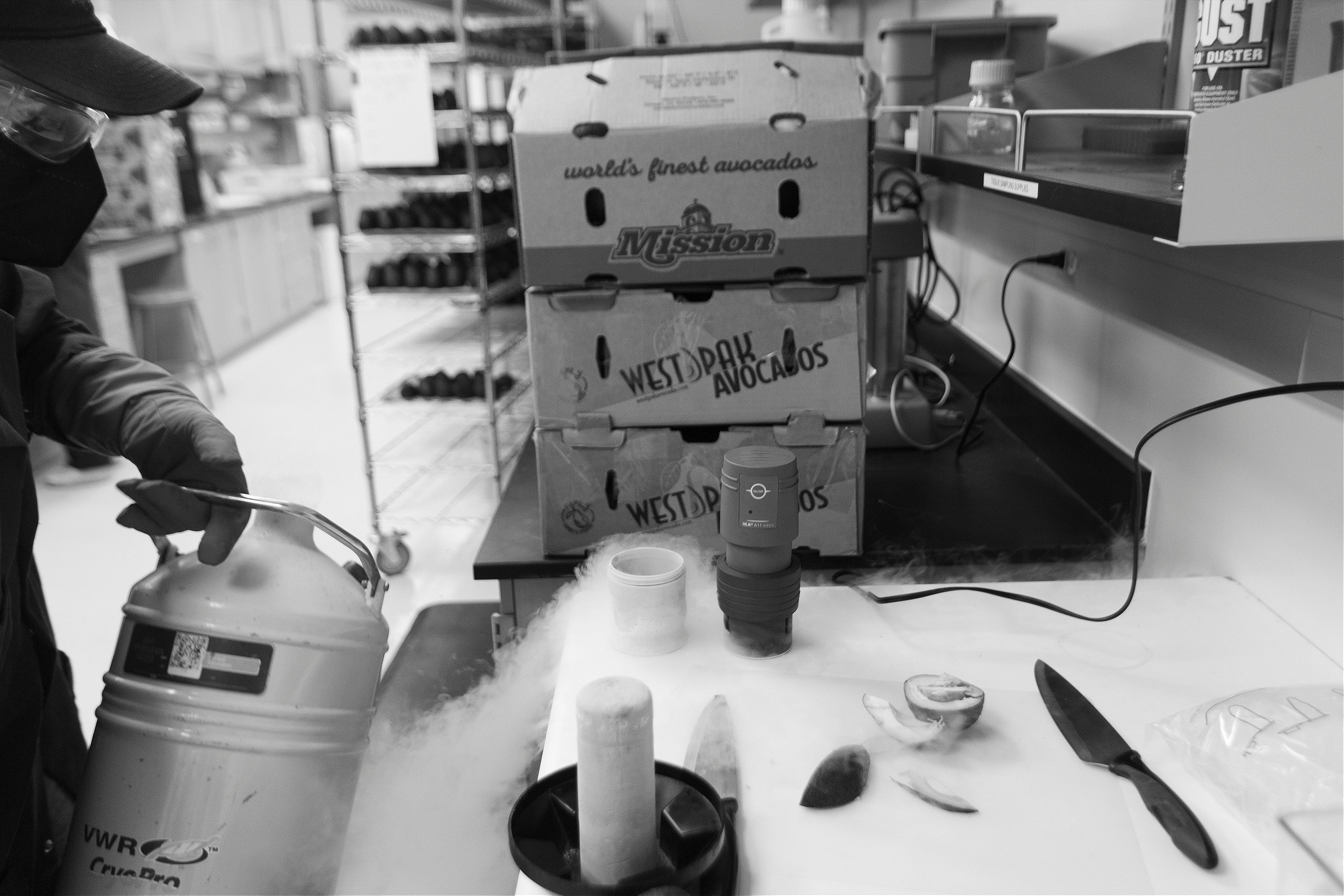
Savannah Braden stoops over a wrinkled, darkened avocado, caressing its callused skin. “What have you lived?” she asks the fruit, pondering its previous lifetime before its imminent end on a lab table. Braden, the associate director of technology at Apeel, is nicknamed the “avocado whisperer,” for her fascination with the fruit.
“If you really spend time with an avocado, you can learn about weather patterns, extreme events. It’s really kind of amazing.”
The brightly lit corridor of Apeel’s Goleta headquarters runs through the building like an artery, laboratories branching off left and right. Each room is a hive of activity, scientists milling around clutching clipboards and trays of strawberries, peering over slides of smashed avocado, and squinting at computer screens displaying intricate webs of compounds. They’re working on their latest project: whether they can devise a coating that would keep certain nutrients from leaching out of fresh produce.
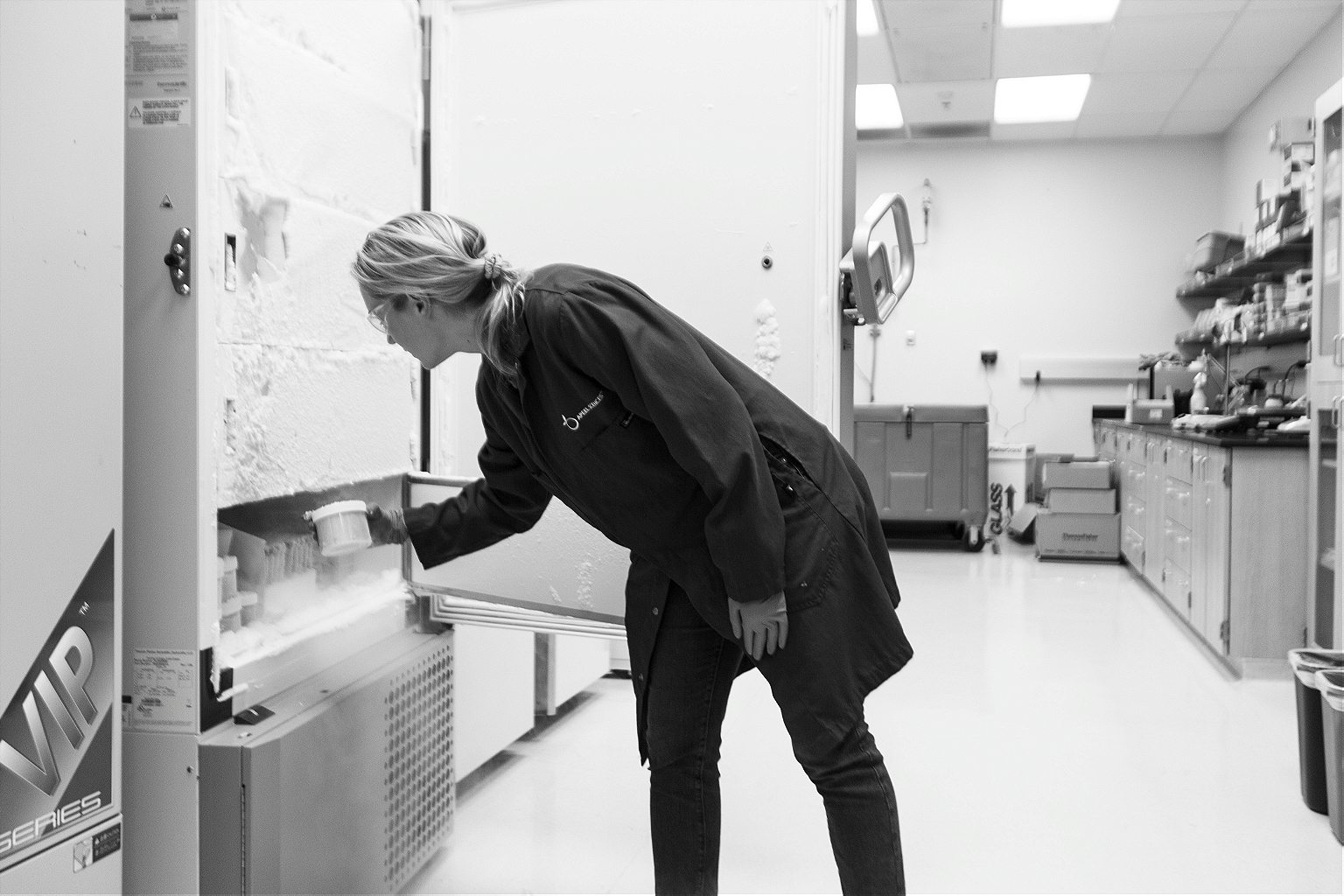
Apeel develops specific coatings for each piece of produce. The company’s work has been so pioneering that they have had to develop many of their own measuring technologies, and in 2021 purchased a company that focuses on hyperspectral imaging, so they can see inside a piece of fruit to determine how fresh it is.
Fruit and vegetables behave differently depending on where they are grown and when they are grown; there’s no one-size-fits-all. Each coating can take anywhere from six months to a year to develop for produce that behaves in a straightforward manner, or between three and five years for more complicated produce, for example anything that’s fragile, like berries.
“We’re constantly seeking to figure out what else we are throwing away that we could potentially use,” explains Matt Kahlscheuer, a bioscientist who has worked for Apeel for the past seven years, heading up the research and development program. “For example, this fruit has great antifungal properties, how can we take that to protect a strawberry that goes moldy very quickly?”
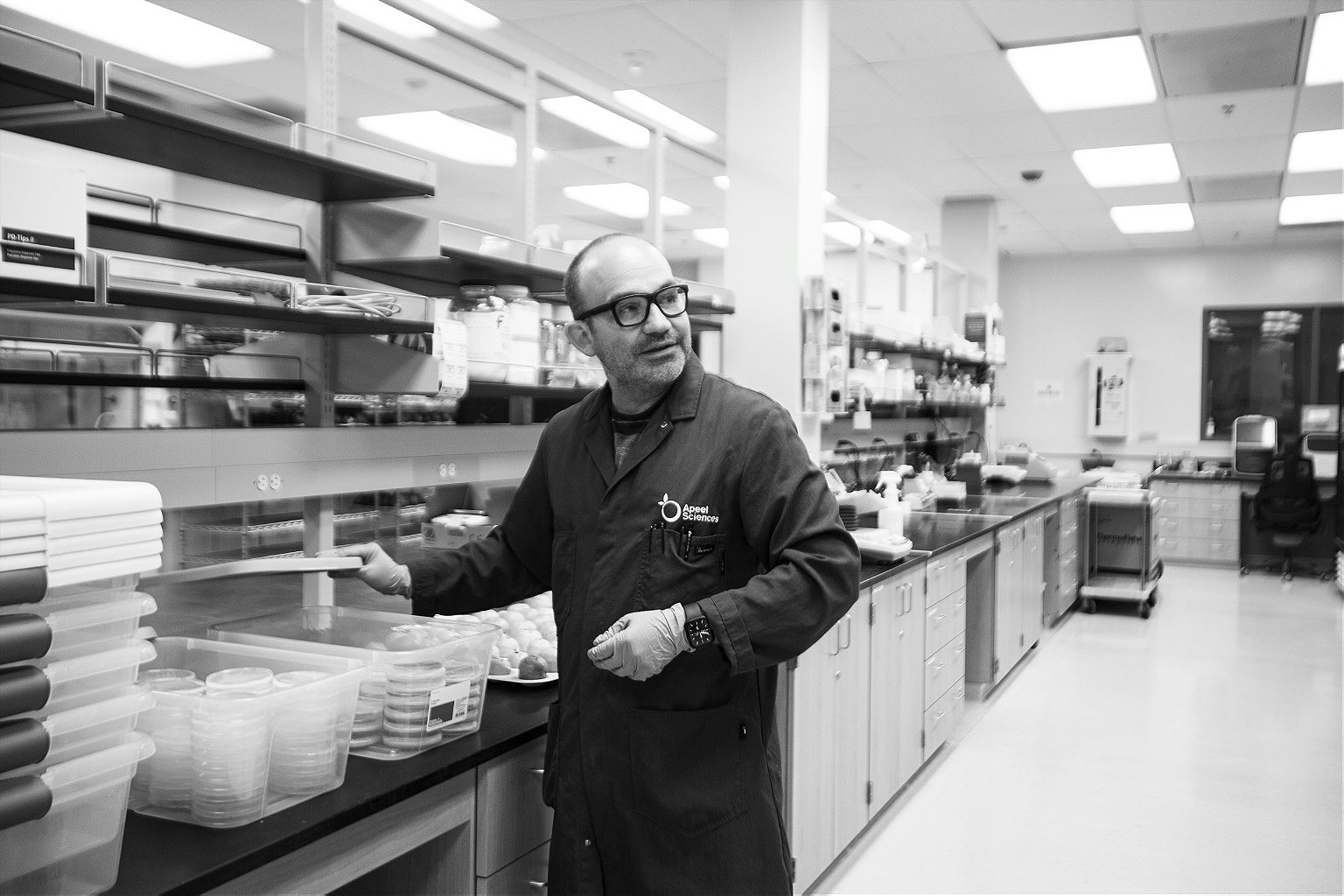
Another branch off the arterial hallway leads to the impossibly bright photography room, where fruit is primped and prepped for photoshoots.
Each piece of fruit is lined on a white sheet of paper under tiny cameras which take hundreds of pictures as the fruit changes. “We can measure the shrink in produce over time, discoloration, and how the produce deteriorates. At the beginning of our work we knew Apeel was working but we couldn’t really measure how well it worked. If you just leave produce out on the counter and go back a few days later, you can tell it’s changed but you miss everything in between.”
This way, the team can watch in slow motion how produce degrades, day by day. “We wanted to know when rot onset, when colors started to change,” Braden adds. “And so by using this timelapse system we’ve been able to gather a lot of data and fill in the gaps.”
The R&D team consists of 10 engineers and scientists, with a further 30 in the company’s development team. In one lab, a begoggled scientist deftly chops up avocados, then pours liquid nitrogen over the fruit, the cloud of water vapor billowing across the sterile countertop.
Avocados oxidize very quickly, and freezing them this way preserves their properties, meaning they behave like a pre-cut avocado, giving the scientists an opportunity to study their potentially valuable characteristics and compounds. In one corner lies a respiration chamber, monitoring the amount of carbon dioxide produced as fruit ripens.
Avocados are especially interesting for the team because of the way they ripen.
“Because it’s not attached to a tree, it only has a certain amount of breaths left before it uses all of its carbon and it begins to decay,” says Braden. “Apeel dampens out that rate and basically extends how many breaths left it has before decaying. That’s a really important metric for us.”
Avocados are especially interesting for the team because of the way they ripen, and their protective skin.
“They’re the hardest to work with due to their biology,” says Kahlscheuer. “But there is so much to be learned from them that we don’t know yet. If we learn a lot about how avocados behave we can apply those learnings to other produce. From a technical perspective, avocados are the most interesting. But yeah, they’re difficult to work with.”
“Ripeness prediction is really difficult for avocados,” adds team member Juliet Nwagwu Ume-Ezeoe, explaining the team’s choice of focus. “Because they are so valuable, it is really a critical point for retailers.”
By the time an avocado is picked, shipped, and displayed at a store, it may only have a few days left until it spoils. Avocados treated with Apeel coating tend to achieve peak ripeness for four to six days, compared to the usual fleeting window of two to three days.

The only possible time to apply the coating is at the packing house, where produce is shipped once it is picked to be analyzed for quality control, then sorted, labeled, and packaged. Apeel had to convince packing houses that their product was instrumental in the supply chain—a difficult task, considering the agriculture industry that is notoriously slow to change.
“The food industry is so fragmented it is incredibly difficult to modernize,” Rogers adds. “When everyone is optimizing for themselves and not the efficiency of the system as a whole, we end up with massive amounts of waste and very little incentive for anyone to change.”
Last year, Apeel began working with West Pak, an avocado packer that works with over 1,000 growers across California, Mexico, Chile, and Peru. Its packing facility is in North County in San Diego, where Apeel is sprayed onto avocados as they journey through the packing process, arriving straight off the trees in large crates, rolling down conveyor belts to be measured, weighed, coated with Apeel—about as thick as 110th of a piece of paper—and stamped with the Apeel label.
In West Pak’s end-of-year sustainability impact metrics for 2021, the company estimated 1.8 million avocados had been saved from landfill in retail stores, conserving 130 million liters of water, and avoiding 660 megatons of carbon emissions, the equivalent of planting 110,000 trees.
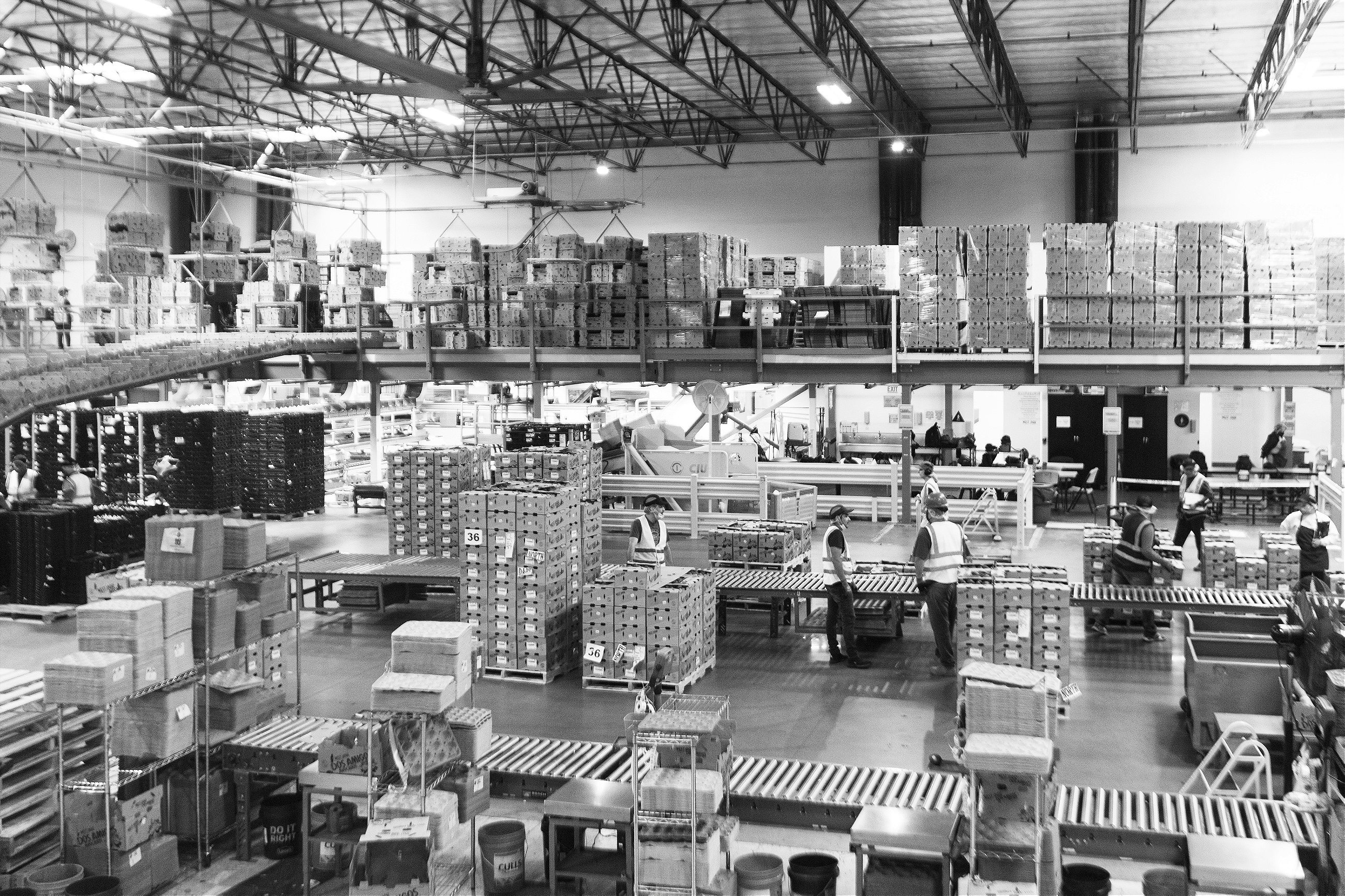
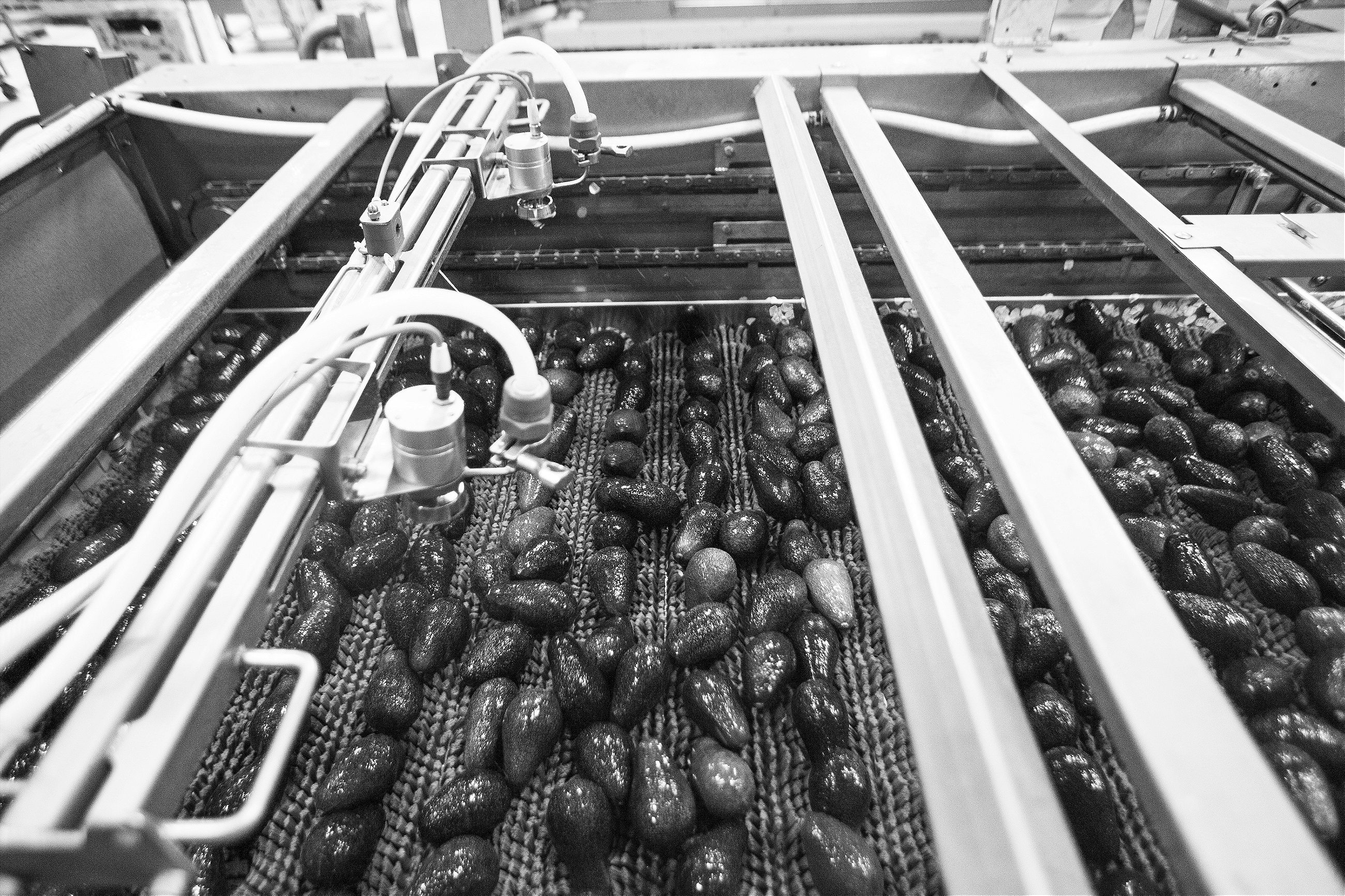
Once Apeel had its product ready for market, they faced a new challenge: how to get it onto shelves? Rogers quickly found there wasn’t a market for longer-lasting produce, with most businesses informing him that fresh food going bad quickly meant their customers came back for more sooner.
As a result, the company has had to prove that longevity actually boosts sales. A pilot scheme launched in 3,000 German stores owned by the Edeka Group found that selling Apeel avocados in store resulted in a 50% waste reduction, as well as a 20% rise in sales, according to statistics from Apeel and Edeka. Shortly after the scheme, Edeka signed on to carry Apeel avocados, oranges, and clementines across all of its stores. According to Apeel’s latest research, its produce is already having a significant impact on the climate, with a 10-25% lower environmental impact than non-Apeel produce. Its EU avocados, for example, withdraw 15.3% less water and use 12.4% less fossil resources than an ordinary avocado.
In 2020, Apeel announced Walmart would begin selling its Apeel-coated English cucumbers—a huge win for the company.
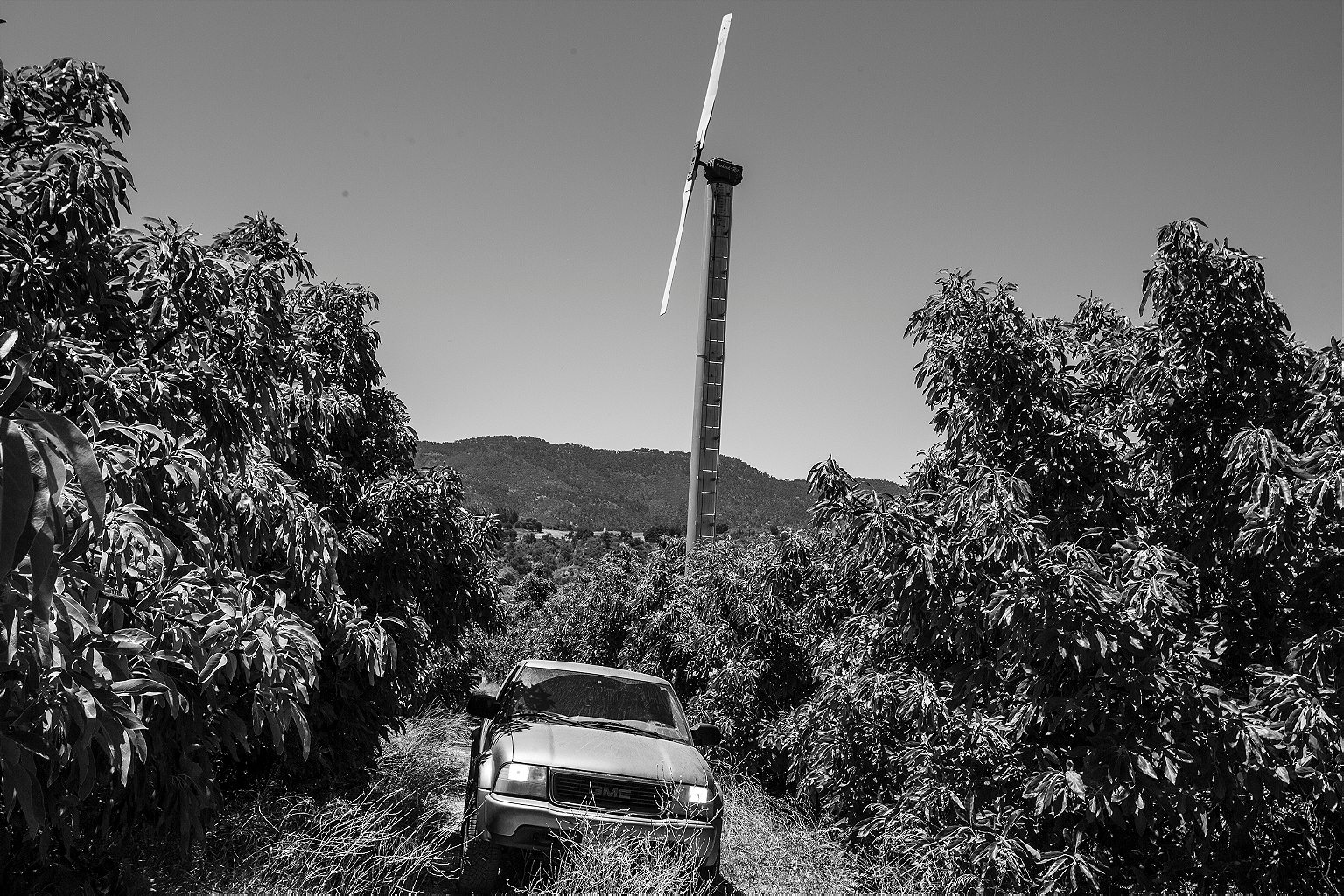
In spite of their business success, Apeel still had one last hurdle: convincing customers to buy a piece of fruit sprayed with a new, unfamiliar substance.
Education remains key to reaching shoppers, and is one of the focal points for Apeel moving forward. The company is investing in social media outreach, targeted marketing campaigns and in-store educational displays. Only time will tell if this will be enough to shift consumer awareness.
It’s nearly impossible to collect data on what food households throw away, but supermarkets do keep count, and Apeel has partnered with numerous stores across the US and Europe to collect data on food waste. They then use the data to determine which product to work on next—the team is currently developing coatings for berries, asparagus, and cherries.
“Our coating doesn’t yet address mold, and so we are developing methods of protecting produce from fungi,” says Kahlscheuer. He adds that the company is also trying to understand how Apeel’s coating impacts the nutrition of produce, and how it could be developed to preserve nutrition after a fruit or vegetable has been harvested. Research has found vegetables can lose up to 77% of their vitamin C within a week of harvest, while spinach can lose up to 90% within just 24 hours. The warmer the temperature, the faster the degradation. Scientists also believe that B vitamins similarly degrade.
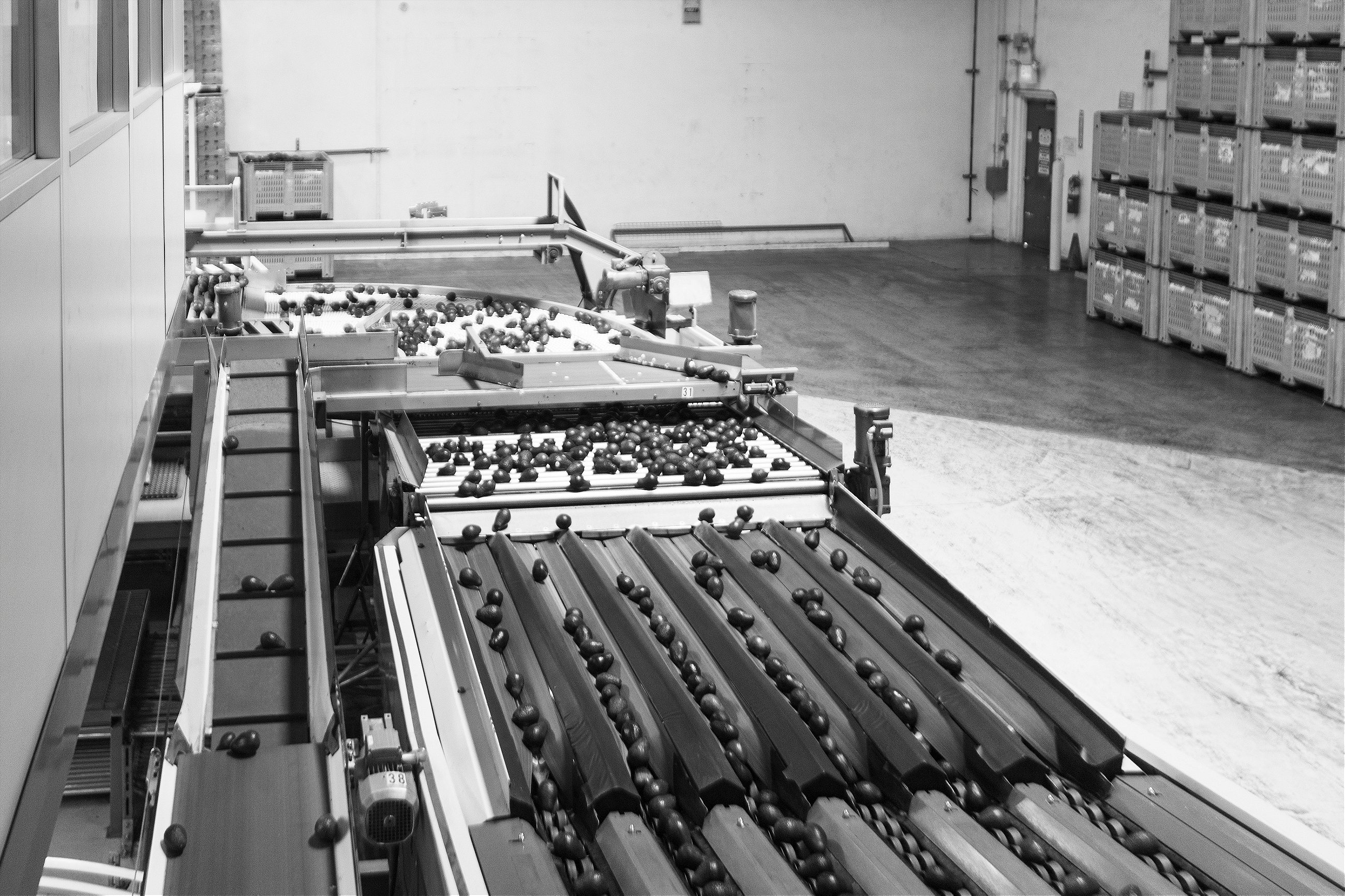
There has been little development in the space Apeel is working in, although numerous tech start-ups have launched to measure and prevent food waste. Leanpath works in commercial kitchens by scanning food that’s thrown into the trash. Spoiler Alert works at the buyer and supplier level, using software to help manage and move inventory to save food from spoiling, which is particularly useful when unexpected surpluses happen.
The challenges of persuading key stakeholders to come on board with Apeel may already be taking its toll. An undisclosed number of employees were laid off in July and the company announced it would be scaling back operations after years of continued growth.
If there really is to be a significant difference made, Gunders adds, manufacturers will need to implement these technologies upstream before reaching stores in order to slow down the spoilage process sooner.
“[There’s] no incentive to worry about what happens after you’ve passed food on to the next link in the chain,” Rogers says of the flaws in the current food chain. “The food system is like a game of hot potato, but unfortunately the music always stops after the potato is thrown to the consumer. Some producers and retailers even think this is good for business.”
And, if Apeel’s scientists can figure out how to preserve nutritional value of fruit and vegetables, their product may be able to tackle far more than just food waste, such as retaining nutrition in fruit and vegetables, which could prove life-saving in countries affected by famine. The longer an avocado develops on a tree, for example, the higher its oil content. This could make a huge difference in regions where malnourishment is endemic, and to the 14 million children under five who suffer from acute malnutrition.
The technology could drastically change the way people consume fresh food. “And that’s the key point,” Kahlscheuer adds. “Changing an industry that has been set in stone for so long.”
“We could unlock so much potential. In today’s world, food that goes to waste is just as valuable as food that is sold—and that’s a behavior we need to change.”
Any sustainable food game-changers on your radar? Nominate them for the Food Planet Prize.
